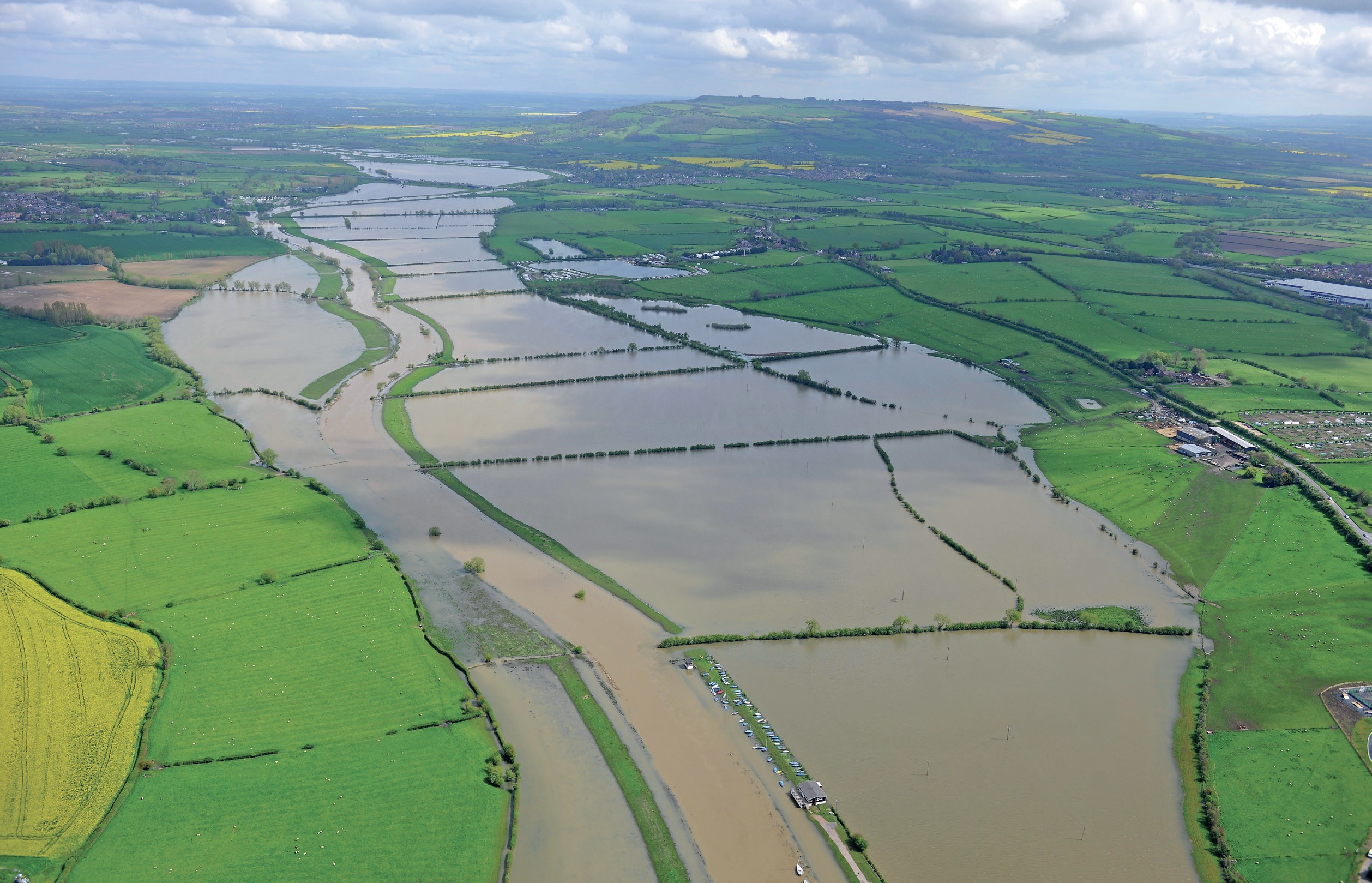
Carbon Update in the last issue (Vol. 33, No. 2) looked at how some different forms of carbon, specifically particulate organic carbon (POC) and dissolved organic carbon (DOC), might get in to streams and rivers. As well as these two key forms, carbon may also be in streams in the form of particulate and dissolved inorganic carbon (PIC and DIC), which comes from Carbon sources such as carbonate rocks. atmos Some of this carbon can begaseous, specifically carbon dioxide (CO2) and methane (CH4). The amount of each type of carbon in a river depends on a host of climatic, hydrological and other environmental and anthropogenic factors.
A key question is: what happens to this carbon once it has entered the river system? Carbon can be transported by waterways into seas and oceans, but it can also be transformed from one form to another, and it can be added to other stores including the terrestrial and atmospheric carbon pools (see Figure 1). This Update examines some of these processes.
Your organisation does not have access to this article.
Sign up today to give your students the edge they need to achieve their best grades with subject expertise
Subscribe




